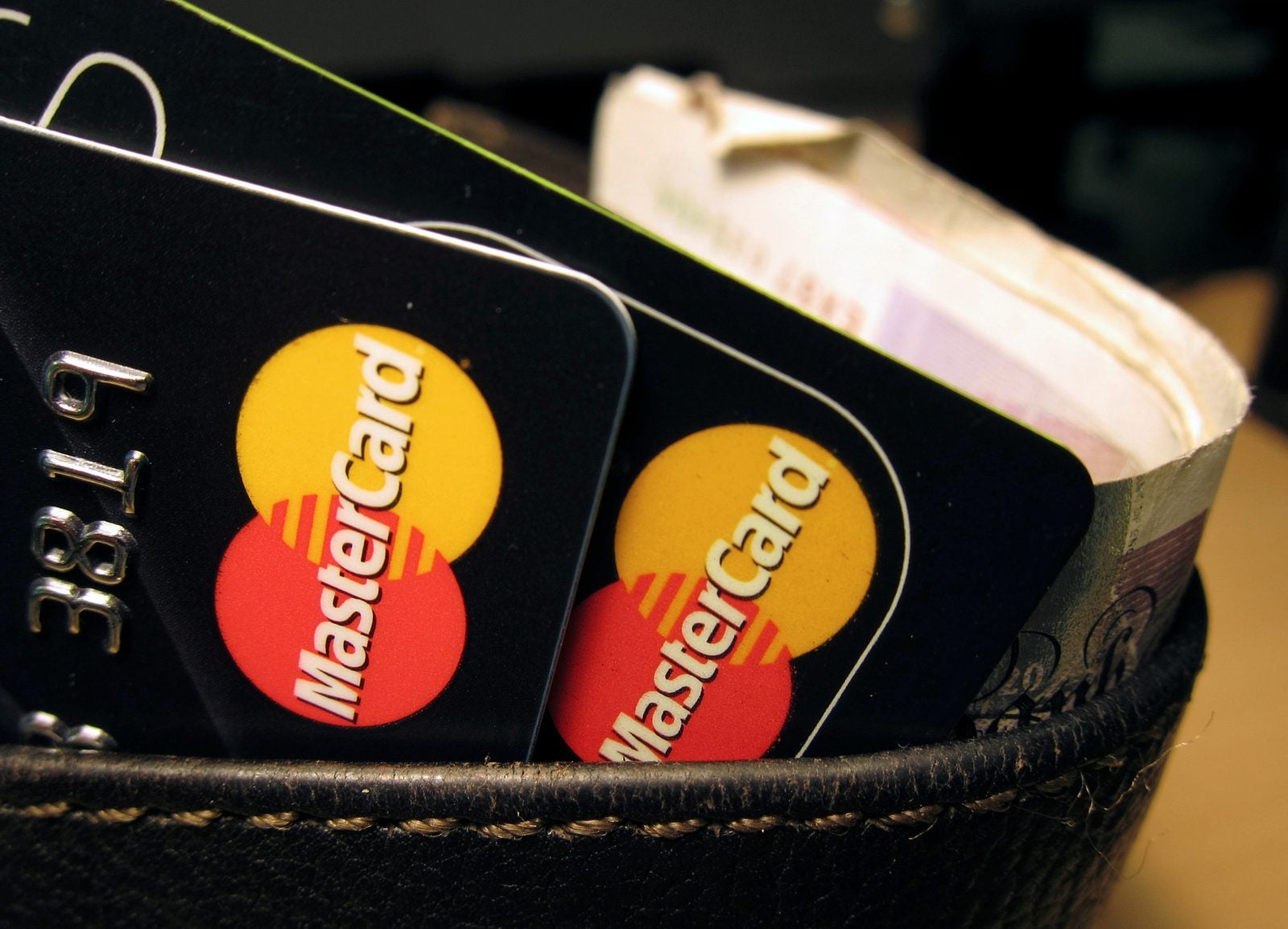Cash may have returned to the economy, but digital transactions have surged, too: Mastercard India
Digital payments is a hot topic in India.


Digital payments is a hot topic in India.
Local and foreign firms are keen to capitalise on the Narendra Modi government’s push towards a cashless economy. But there’s one problem: Close to 95% of all transactions in India involve cash.
For Porush Singh, Mastercard’s country head for India, that means consumer and merchant behaviour isn’t going to change overnight. But the global payments giant is gearing up for a gradual shift. Earlier this year, in association with the National Payments Corporation of India and Visa, the company launched BharatQR, a scan-and-pay method for digital transactions using quick response codes, a first of its kind globally.
Quartz spoke to Singh about Mastercard’s plans. Edited excerpts:
A few months after demonetisation, cash transactions have surged again. Do you think cashless India can ever be a reality?
Fundamentally, we’ve seen a few key things happening: While cash has come back into the system, the use of debit as well as credit cards has also increased significantly. For that matter (so have) all electronic forms of payments. It is being driven by higher uses at government entities, such as fuel pumps—there is no doubt that removing those surcharges has given a lot of impetus. It is (also) being driven a lot by cities outside the top 20…and by people who are getting used to using the same card that they were using to take out cash for transactions. So, we’ve seen that entire shift happening there.
Cash is back because there is no disincentive for using cash. On the merchant side, in India, we’ve gone from 1.5 million merchants (those accepting e-payments) pre-demonetisation to 2.6 million merchants; that’s a very significant jump. And if you look at the pipeline it is just going to keep growing.
Mastercard has been collaborating with the government to reduce cash transactions. Where have you been investing in the market?
We’ve been focusing on a few products—one is clearly in the space of mobile devices. Second is data analytics (within Mastercard India itself).
We’ve been working with the government in terms of the economics of acceptance (of e-payments)…whether in the form of digital or physical devices. You have to make sure that there’s no surcharge in the system…Very clearly, the idea is to remove disincentives (in digital payments).
Competition has gone up, with the UPI, Bhim, and Paytm all fighting it out. How are you affected?
Anybody who can give the right consumer experience in a safe secure manner (will succeed). Likewise for the merchants (retailers/small businesses). That will create disruption. BharatQR was one such product from our end. There will be many more.
This is the place where everyone will innovate with multiple ecosystems. (The person) who will win will be the one with the right ecosystem. I think having the right infrastructure is what the government has done very well, be it the Aadhaar system or IMPS (immediate payment service). As long as there is inter-operable open access to infrastructure, we don’t see (these existing systems) as a challenge. In fact, it is good.
Are you exporting any solutions out of India for international markets?
Yes, we are. Anywhere in the world (that) a mobile (payments) solution is being used, it is happening from here. We are also exporting BharatQR.
There has been little talk and usage of BharatQR so far. Why is that?
It is still growing right now because its economics are not finalised. The merchant discount rates for BharatQR haven’t been published yet. In smaller markets, typically, the cost of the terminal for a merchant is high. So far, we’ve seen 300,000 merchants sign up, but the queue is much longer. The first few months are about infrastructure development and that’s what we’ve been doing.